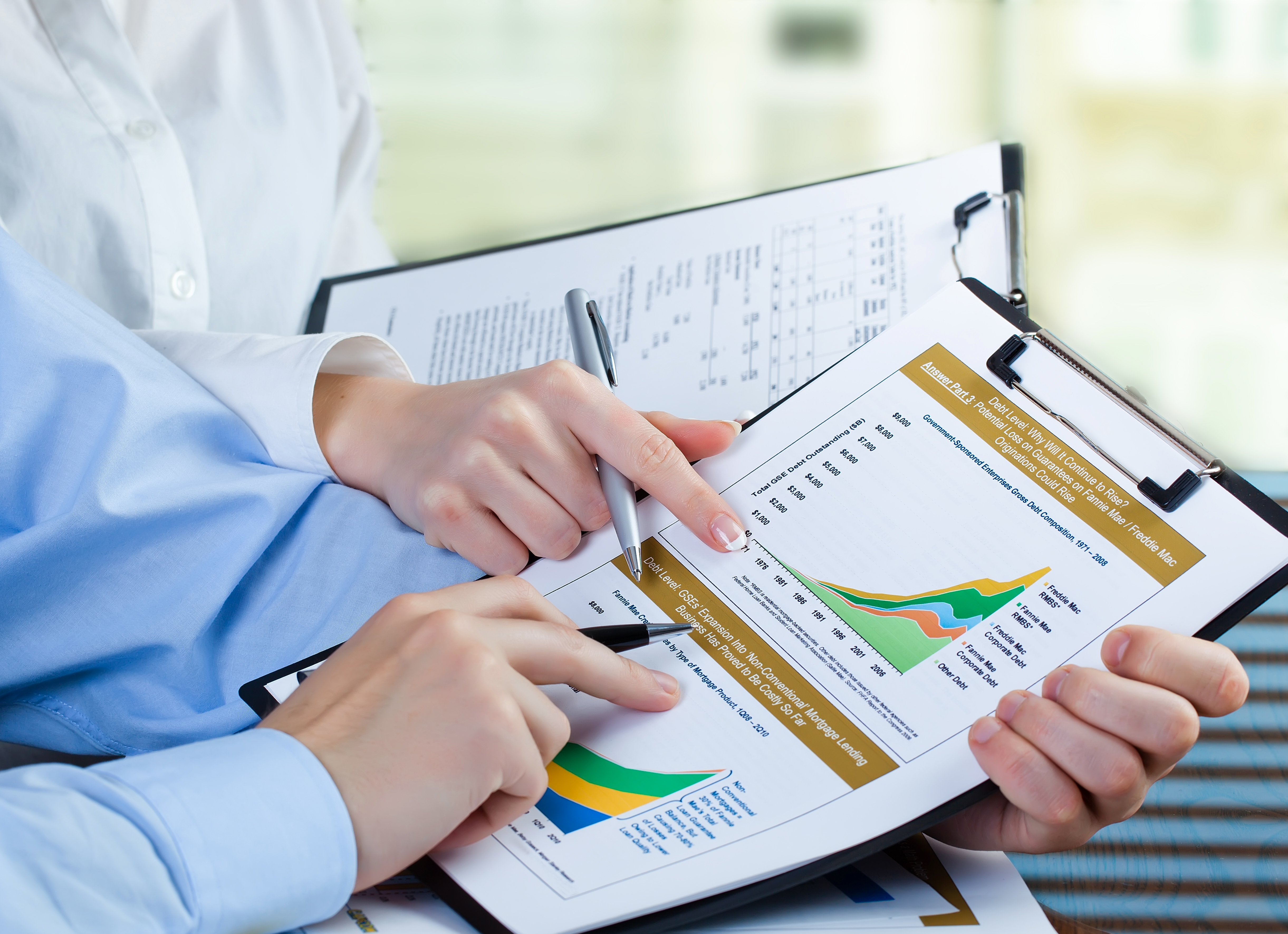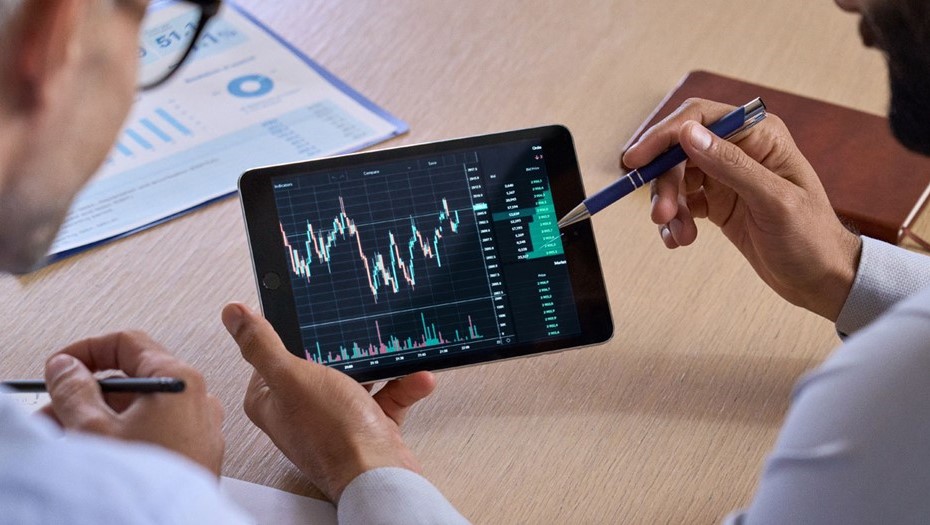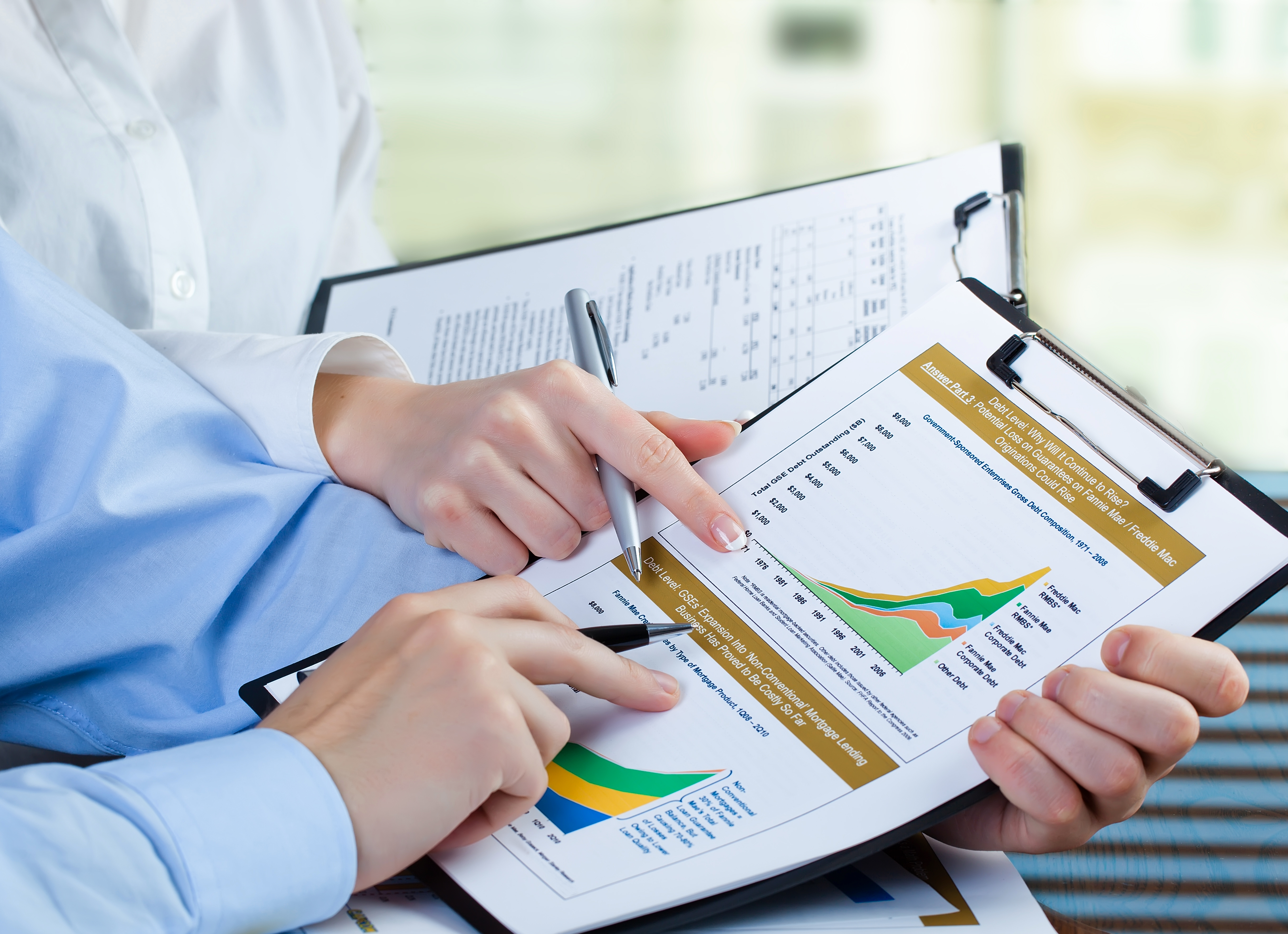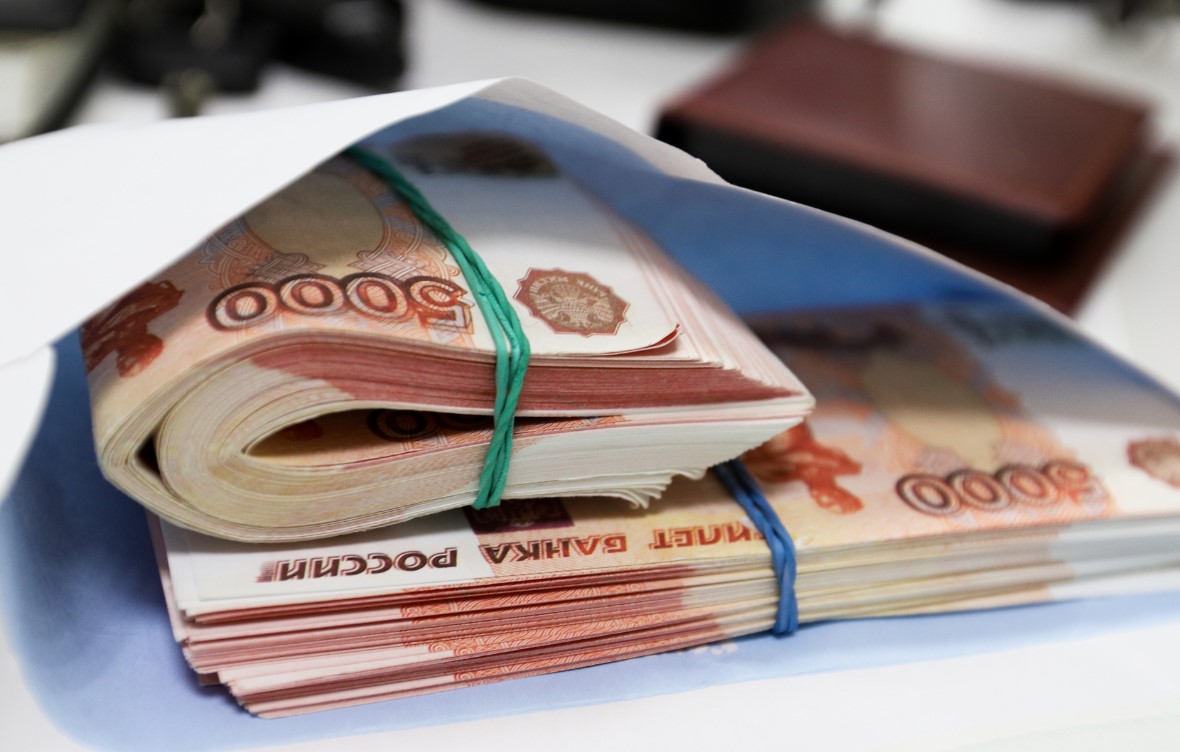Russian Economy in 2025: Forecasts and Key Trends
Key takeaway: In the context of ongoing sanctions and moderate global demand, Russia's GDP growth is anticipated to reach 2.5–3%. The main drivers will be the oil and gas sector, import substitution, and the development of high technologies. Monetary and fiscal policies are focused on curbing inflation and maintaining the stability of the rouble, with investment opportunities available in infrastructure projects, ESG, and digitalisation.
1. Macroeconomic Indicators and Forecasts
GDP Growth Forecast
According to the Ministry of Economic Development, Russia's GDP growth in 2025 is expected to exceed 2.5%. Government investments in transport and social infrastructure will positively impact this growth. However, the limited inflow of foreign direct investment into the manufacturing sector creates "bottlenecks" in the production of machinery and equipment. To minimise the deficit, businesses are intensifying collaboration with companies from the CIS and Turkey.
The services sector, particularly IT and e-commerce, will continue to show accelerated growth, compensating for the slowdown in heavy industry. Growth in consumer spending will be supported by social assistance measures and an expansion of mortgage programmes for young people.
Inflation and Consumer Market
Inflation is expected to decelerate but will remain a significant threat, with household inflation expectations not falling below 8%. The Central Bank of Russia aims to return inflation to 4% by the end of the year through targeting money supply and increasing the key interest rate to 12%. Rising food prices remain the main driver: the agricultural sector is becoming self-sufficient in wheat, but vegetables and fruits rely on seasonal imports and logistical constraints.
The consumer sector is favourably differentiated from the markets of neighbouring countries: local retailers are actively implementing loyalty programmes and one-hour delivery services, which helps maintain demand even as prices rise.
The Rouble Exchange Rate and Foreign Currency Reserves
The average annual USD/RUB exchange rate is estimated to range between 96–100 Roubles. Significant influences include oil prices and geopolitical news: announcements about an EU embargo on energy resources lead to short-term spikes in volatility. Russia's international reserves stand at $520 billion, allowing the Central Bank to smooth out spikes in currency demand.
The Central Bank actively uses currency interventions and swap mechanisms with banks, which helps prevent sharp movements in the rouble during periods of news and reports.
2. Monetary and Fiscal Policy
Key Rate of the Central Bank of Russia
In 2025, the Central Bank will maintain the key interest rate within a range of 11–12%. On the one hand, this supports investments in foreign-currency government bonds yielding over 10%. On the other hand, it raises the cost of rouble-denominated loans, limiting demand for borrowed financing. Banks are adapting by introducing "indexed" loans tied to the CPI and floating rates.
Additionally, the Central Bank is developing new instruments to maintain the short-term rate in the repo market, allowing for more precise liquidity management within the banking system.
Fiscal Stimuli and Budget Deficit
The budget deficit of Russia is projected at 3% of GDP. Expenditures are being redistributed in favour of healthcare, school modernisation, and railway network upgrades. The "budget rule" remains in place: surpluses from oil and gas revenues are accumulated in the National Wellbeing Fund, while the remainder is directed towards covering obligations.
New fiscal measures include the introduction of tax holidays for small and medium-sized businesses in the Far East and the provision of investment tax credits in priority sectors.
Government Loans and Domestic Capital Markets
Government bonds yielding 11–12% are attracting pension funds and insurance companies. In 2025, the issuance of "green" bonds for financing renewable projects is planned, which will broaden demand from ESG investors. Private investment funds are also increasing their positions in corporate bonds of Russian issuers.
The SME Bank and the Russian Venture Company have been tasked with developing the crowdfunding market, providing small businesses with access to alternative financing and diversified sources of capital.
3. Energy Sector and Raw Materials
Oil and Gas Price Forecast
Brent crude is projected to be in the range of $80–85 per barrel, thanks to OPEC+'s restraint on production and recovering demand in Asia. Russian Urals is trading at a discount of around $3 compared to Brent due to logistical and port restrictions. Russia is increasing LNG exports to Asia, investing in terminals in Kamchatka and Sakhalin.
Furthermore, the domestic oil product market is developing: the installation of new deep processing modules will increase diesel and petrol production, thereby strengthening energy independence.
Impact on Federal Budget
Oil and gas revenues account for up to 30% of the budget's expenditures. Meanwhile, the government is re-evaluating the parameters of the "budget rule" to reduce dependence on price volatility. Surpluses are directed to the National Wealth Fund and transfers to regions for the repair of roads and schools.
The budget consolidation fund project will help accumulate additional resources during periods of high prices, minimising the risks of abrupt revenue declines.
Industry Infrastructure Investments
In 2025, Rosneft and Gazprom will invest over $35 billion in new fields and transport corridors. Special attention is being paid to the Northern Sea Route: icebreaker and terminal projects in the Taymyr area will enable year-round use of the northern transport corridor.
Special purpose vehicles will also be created in the industry to attract private and international investors in Arctic logistics projects.
4. Foreign Trade and Sanction Factors
Trade Balance and Geo-economics
Russia's exports in 2025 will exceed imports by $190–200 billion. The main components will be energy carriers, metals, and fertilisers. At the same time, the deficit in machinery and equipment is stimulating the development of local production and import substitution.
The share of Asian countries in the structure of supplies is growing: China and India absorb up to 60% of oil exports, promoting new payment mechanisms in yuan and rupees.
Sanctions and Counter-sanctions
European sanctions are leading to a redistribution of supplies: Russian oil and gas exports are being redirected to China, India, and Southeast Asia. Counter-sanctions introduce restrictions on the import of foreign food products, which boosts import-substituting agricultural companies.
Companies are adapting by using alternative contracts and bilateral settlements in national currencies, reducing reliance on the US dollar and euro.
Import Substitution and New Logistics Routes
The "North-South" project via Iran and the development of multimodal corridors through Kazakhstan are reducing transit costs and delivery times. The localisation of industrial components for machine engineering and electronics is accelerating due to subsidies and incentives.
New terminals on the Volga and Akhtuba rivers are facilitating cheaper transportation of heavy cargo within the country, enhancing the competitiveness of regional producers.
5. Investments and Infrastructure
Foreign Direct Investment
FDI in Russia is expected to reach $22–25 billion in 2025. The main investors are China, the UAE, and CIS countries. They are investing in projects in green energy, agrotechnology, and pharmaceuticals.
Further growth in FDI will depend on the opening of free economic zones and the establishment of favourable conditions for the repatriation of investors' profits.
Government Infrastructure Projects
The national projects "Transport System" and "Digital Economy" are receiving funding of 1.3 trillion Roubles. Plans include the launch of high-speed highways and the development of 5G networks, creating demand for equipment and services from domestic producers.
In parallel, a roadmap is being formed for modernising regional airports with the involvement of private operators.
PPP and the Role of State Corporations
State corporations are establishing joint ventures with private investors to develop socially significant projects. Special Funds for the Development of Regions are being created, where private capital participates in the construction of schools and hospitals.
International financial organisations are involved in the regional support project, enhancing transparency and efficiency in project implementation.
6. Growth Sectors: IT and High Technologies
Import Substitution in the IT Sector
The domestic software market is expected to exceed 1.4 trillion Roubles. Key areas include cybersecurity systems and domestic chips. Startups are receiving tax incentives and grants of up to 100 million Roubles for development.
Additionally, domestic communication equipment is developing: 5G stations are being produced by Russian manufacturers, reducing dependence on foreign vendors.
Digitalisation of the Public Sector
The "Electronic Government" projects are implementing AI solutions for the issuance of certificates and traffic management. The Ministry of Digital Development estimates that the digitalisation of public services will reduce budget expenses by 150 billion Roubles by 2026.
New digital platforms are emerging to support small businesses, integrating control, accounting, and logistics services into a unified interface.
Clusters and Technoparks
Innopolis and Skolkovo are showing a 30% year-on-year growth in investment. International companies are opening their offices here, while venture funds are creating joint acceleration programmes for startups, strengthening the technological ecosystem.
New clusters are being established in regions — IT camps are launching in Kazan and Novosibirsk for students, creating the workforce of the future.
7. Labour Market and Demographic Trends
Unemployment Rate and Migration
The unemployment rate is projected at 4.3%–4.5%. Migration growth from CIS countries is compensating for an ageing population but necessitates the development of social infrastructure. The number of labour migrants could reach 2.5 million, impacting the housing and healthcare market.
Integration programmes for migrants are being developed through language learning and vocational courses, helping to reduce social tension and increase productivity.
In-demand Professions and Retraining
The shortage of IT specialists and design engineers is stimulating the development of retraining programmes. The state is funding courses in data analytics, DevOps, and mechatronics, while large companies are launching their own academies to prepare specialists.
Private online platforms are also emerging, allowing employees to upgrade their qualifications in new competencies with practical assignments from industrial partners.
Demographic Background
The share of the elderly population over 65 years old is 20%, placing a burden on the pension system and healthcare. Authorities are implementing support measures for large families, encouraging birth rates and the migration of young specialists to regions through preferential mortgage programmes.
Pilot projects aimed at creating a comfortable environment for the elderly and developing telemedicine are helping to reduce the burden on hospitals and improve access to medical care.
8. ESG and Sustainable Development
Environmental Initiatives
The Russian government is launching a programme to reduce CO₂ emissions by 20% by 2030. Tools include the introduction of emissions quotas, preferential loans for "green" enterprises, and subsidies for modernising coal power plants.
Moreover, projects focusing on reforestation and air quality monitoring using satellite technologies are being initiated.
Social Responsibility and Corporate Governance
Large issuers are transitioning to reporting according to international standards such as GRI and SASB. 65% of the largest companies have implemented equal opportunity policies and charitable programmes, enhancing their investment attractiveness.
Corporate training programmes for employees now include courses on ethics and anti-corruption as part of mandatory ESG standards.
Investments in "Green" Energy
Investments in renewable energy (wind and solar stations) are expected to reach $6 billion. Large projects are being implemented in Kaliningrad and Rostov regions with the support of government subsidies and international funds, creating new jobs and diversifying Russia's energy balance.
Industrial enterprises are installing solar panels on factory roofs and implementing energy-efficient technologies, thereby reducing production costs and the carbon footprint.
Conclusion: The Russian economy of 2025 combines traditional growth drivers — oil and gas — with new trends in digitalisation, import substitution, and "green" energy. A balanced monetary and fiscal policy ensures macroeconomic stability, while opportunities are opening up for investors in infrastructure, technology, and ESG projects.




